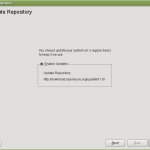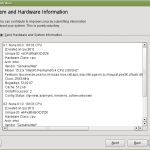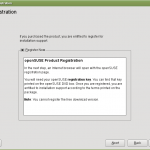We have a new place where we collect static documentation like manuals, user guides, quick start pages, developer documentation … and so on.
This new place is: rtfm.opensuse.org doc.opensuse.org.
Our “fabulous manuals” are also accessible at: doc.opensuse.org (in case you don’t like the word “fabulous”).
A few days ago Thomas Schraitle already wrote about this site before it was in a state that we wanted to announce – so sorry for any confusion this might have created.
This site is not meant to be a competitor to the documentation in the wiki. It was rather born from the need to have a central place to publish generated static documentation. Content on rtfm is not meant to be edited. If you want to contribute documentation we very welcome this in the wiki and encourage you to link back to rtfm where applicable. The pages on rtfm are static but however they will be updated automatically upon changes (new releases of a project or product).
Currently we have published some great user guides and quick start pages for openSUSE (KDE, Gnome, Security, …) and SLES (AppArmor, Admin Guide, kvm, Xen, Security, …) as well as a user and vendor guide for WebYaST. There is also developer documentation available for YaST and Zypp (libzypp, satsolver) development.
In the next days or weeks we will add more documentation as soon as it is ready to be published.
Update:
We changed the domain name of that site. To read the fabulous manuals please use and link only to doc.opensuse.org. The domain docs.opensuse.org will be alias for it – please only link to doc and do not use rtfm anymore. Thanks for your appreciation.


